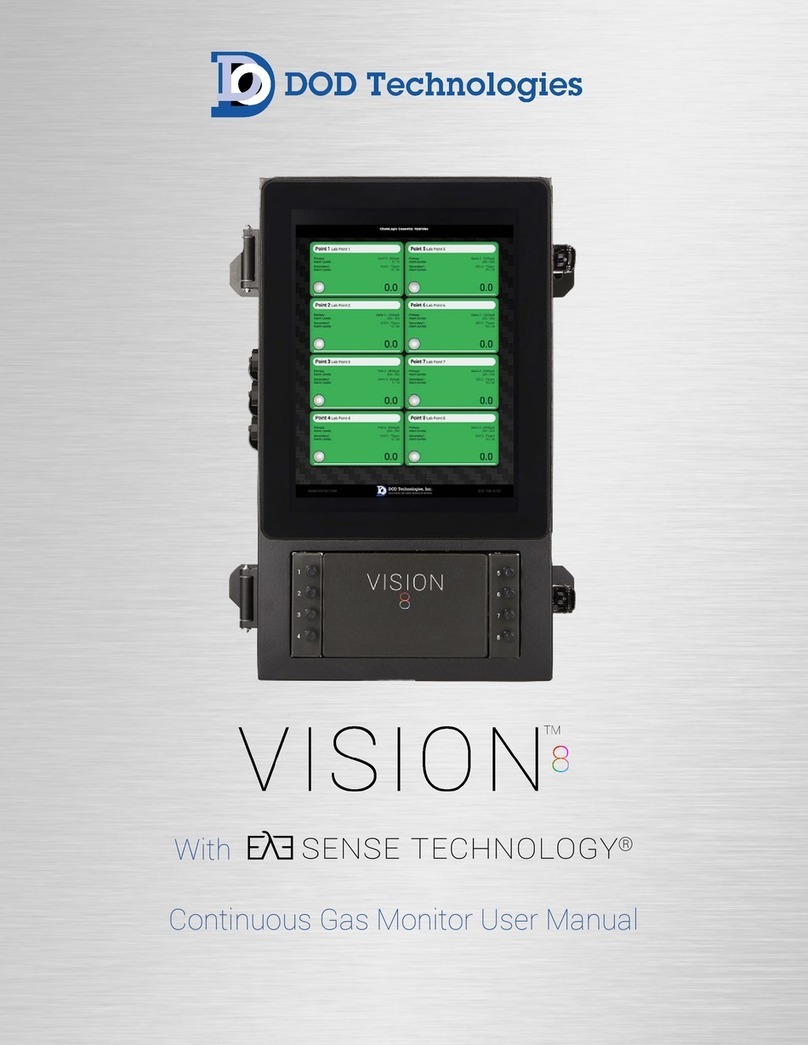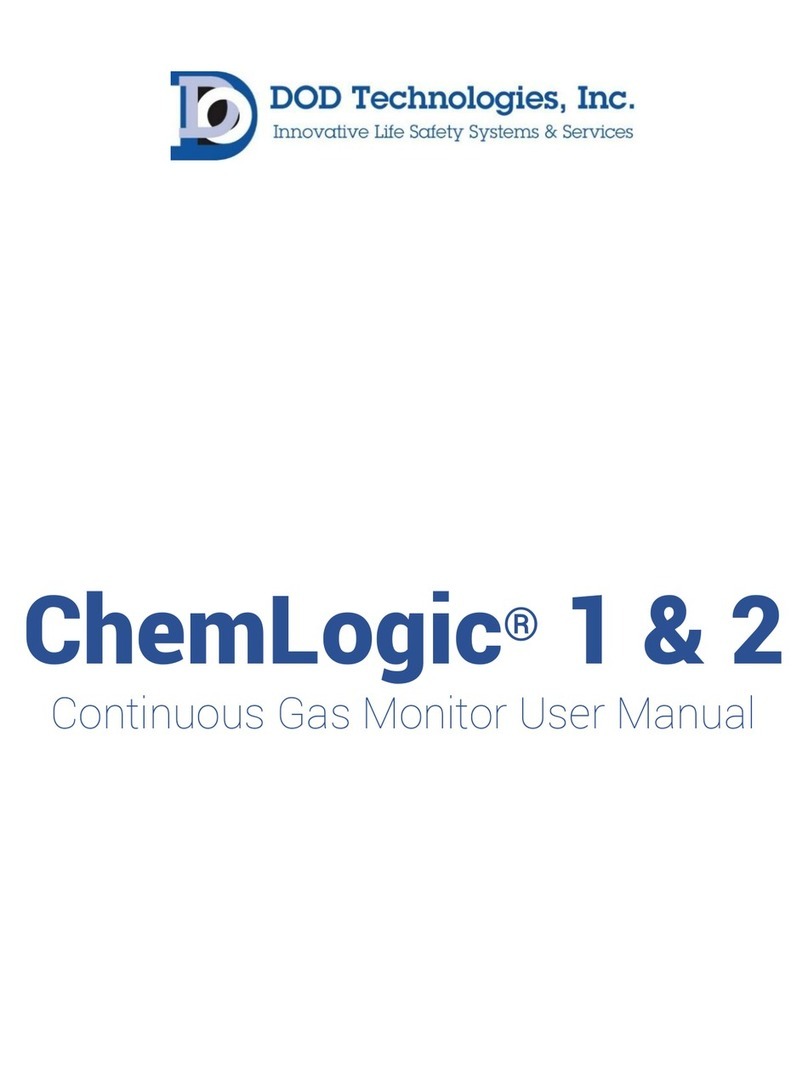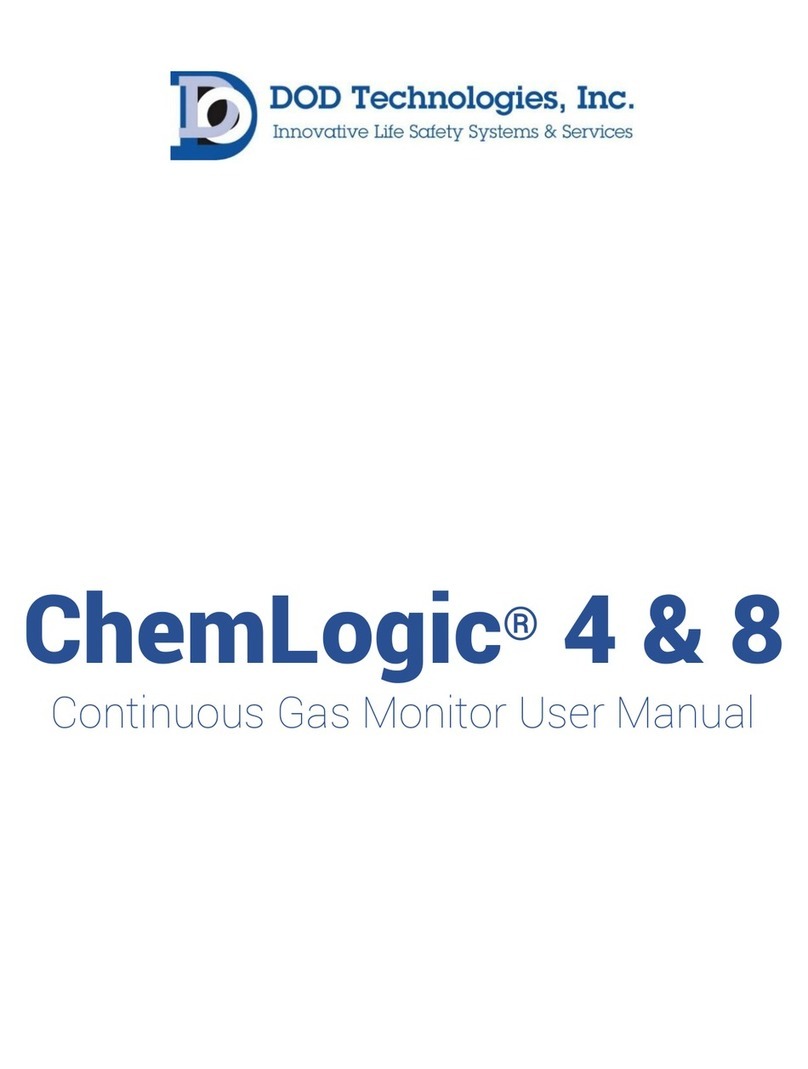
TABLE OF CONTENTS
IMPORTANT ............................................................................................................................................... 1
CHAPTER 1 - OVERVIEW........................................................................................................................ 2
1.1 Introduction....................................................................................................................................... 2
1.2 Sampling and Monitoring ................................................................................................................. 2
1.3 Flow Connections.............................................................................................................................. 2
1.4 Electrical Connections ...................................................................................................................... 2
1.5 Theory of operation........................................................................................................................... 2
CHAPTER 2 - FEATURES ......................................................................................................................... 3
2.1 External Layout................................................................................................................................. 3
2.1.1 Maintenance door .......................................................................................................................... 3
2.1.2 Keypad & Display ........................................................................................................................... 3
2.1.3 ChemLogic tape and Take-up Reel................................................................................................ 3
2.1.4 Gas Inlet/Exhaust........................................................................................................................... 3
2.1.5 A/C Power & Switch....................................................................................................................... 4
2.1.6 14 Pin I/O Connector ..................................................................................................................... 4
2.2 Maintenance area.............................................................................................................................. 4
2.3 Internal Layout – Service area ......................................................................................................... 4
2.5 Micro Secure Digital (SD) card ........................................................................................................ 5
CHAPTER 3 - INSTALLATION................................................................................................................ 6
3.1 Selecting a location ........................................................................................................................... 6
3.2 Mounting ........................................................................................................................................... 6
3.3 Sample Tubing .................................................................................................................................. 8
3.3.2 End of line particulate filters ......................................................................................................... 8
3.4 Exhaust tubing .................................................................................................................................. 8
3.5 A/C Power.......................................................................................................................................... 8
3.6 Output Wiring.................................................................................................................................... 8
CHAPTER 4 – SETUP & CONFIGURATION......................................................................................... 9
CHAPTER 4 – SETUP & CONFIGURATION....................................................................................... 10
CHAPTER 5 – BASIC OPERATION ...................................................................................................... 11
5.1 Using the keypad ............................................................................................................................. 11
5.2 Alarm & Fault screens .................................................................................................................... 12
CL1 Menu Overview.............................................................................................................................. 13
5.3 Power on Initialization.................................................................................................................... 13
5.4 Main Menu ...................................................................................................................................... 13
5.4.a Start Analysis (Figure 5.7)........................................................................................................... 14
5.4.b System Faults (Figure 5.8)........................................................................................................... 15
5.4.c Gas Alarms (Figure 5.9)............................................................................................................... 15
5.4.d Gate & Tape (Figure 5.10)........................................................................................................... 15
5.4.e Alarm Levels (Figure 5.11) .......................................................................................................... 15
5.4.f Event/Alarm History (Figure 5.12) ............................................................................................. 16
5.4.g Test Alarms (Figure 5.13) ............................................................................................................ 16
5.5 Setup Menu (Figure 5.14)............................................................................................................... 17
5.5.a Main Menu ................................................................................................................................... 17
5.5.b Tape Saver (Figure 5.15) (Default configuration : Disabled) .................................................... 17
5.5.c Latching Relays (Figure 5.17) (Default configuration : ON)................................................... 18
5.5.d Enable Pumps (Figure 5.18) (Default configuration : Enabled) ............................................... 19
5.5.e Enable Points (Default configuration : Only available on CL2) ................................................ 19






























